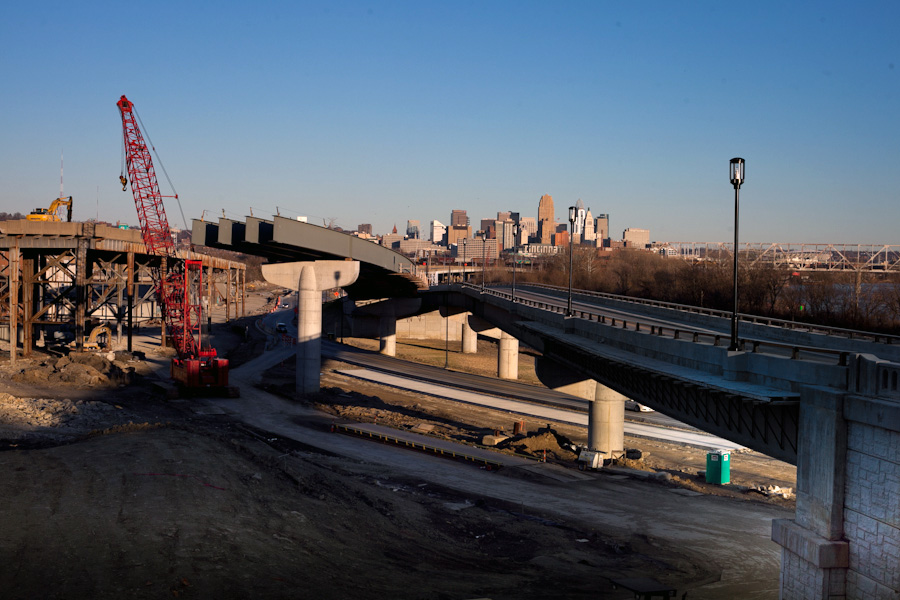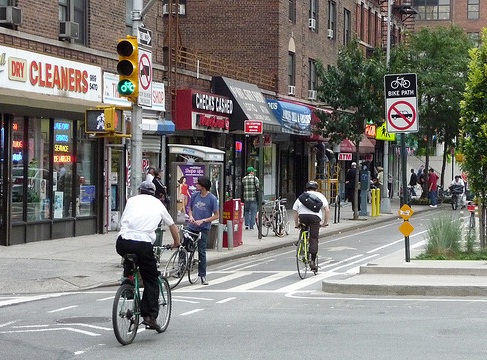Birmingham, Salt Lake City continue to struggle with air quality.
The recent coverage of the air quality problems in Chinese cities has been well documented, but how has the U.S. improved since its industrial revolution? Well, while many American cities have made massive strides, others are still struggling to get past the cloud of pollution that once hung over them. More from Next City:
In the nearly five years since, the air in China’s capital city has returned to dangerous pre-2008 levels. The New York Times reported that recent readings from the U.S. embassy indicate air pollutant levels there have climbed as high as 755 on the Air Quality Index. The Index, based on the standards of the U.S. Environmental Protection Agency, usually tops out at 500. The World Health Organization considers a score of 500 to be more than 20 times above safe levels.
In the U.S., several cities have had similar struggles with air quality. Under the Clean Air Act, Birmingham, Alabama and Salt Lake City, Utah have both been found to be in repeated violation of the EPA’s air quality standards. But of the two cities, only Birmingham has been able to eventually meet the standards.

